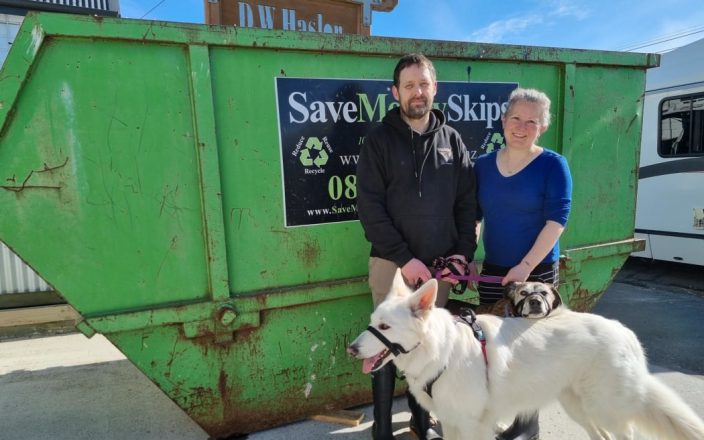サウス・ダニーデンの住民、ガレスとダイアン・オマリーは、最近の洪水の余波に対処しています。彼らは、2015年以降何度も洪水の影響を受けている、被災した家を片付けている。先週の大雨の後、多くの家には、住むのに安全ではないことを示す黄色いステッカーが貼られています。居住者は、修理が行われている間、何ヶ月も家から離れなければならない場合があります。
ガレスは、洪水が繰り返される地域での生活について懸念を表明した。2匹の犬を含む彼らの家族は、一時的にレンタルを探す必要がありますが、ペットは宿泊できないかもしれません。夫婦は現在、長期的な選択肢を検討しています。
今年の初め、ダニーデン市議会は、サウスダニーデンで洪水が発生しやすい不動産の購入を支援するために、政府に1億3000万ドルの資金を要請しました。この要請は却下されたが、ガレス氏はこのアイデアはまだ検討すべきだと考えている。洪水によって不動産の価値が下がったため、彼は行き詰まっていると感じています。
クリストファー・ルクソン首相の訪問中に、なぜ資金提供の要請が却下されたのかという疑問が投げかけられました。ジム・オマリー市議会議員を含む地元の指導者たちは、住宅を徐々に購入することで費用の管理と強制買収の回避に役立つため、議会は買収オプションを再検討すべきだと考えています。
しかし、すべての住宅所有者がこのアプローチに同意するわけではない。居住者のブレンドン・ホランダーは、このエリアが大好きなので、自宅を維持するために一生懸命働いており、滞在したいと考えています。彼は、適切なインフラが整っていれば安全だと考えています。
市議会は過去10年間にいくらかの改善を行い、過去の状況と比較して洪水を減らしたが、市長や他の住民によると、さらなる取り組みが必要だという。市議会は、将来の洪水の管理に役立てるため、旧フォーベリーパークに水を汲み上げるなどの選択肢を模索しているが、これが適切な解決策であることを確認するための評価はまだ行われていない。




























































